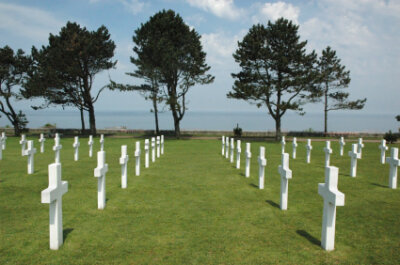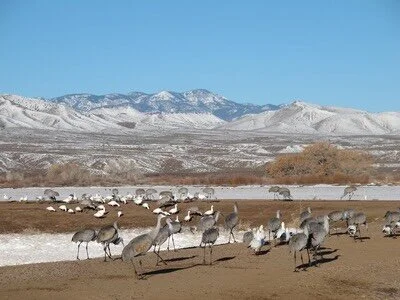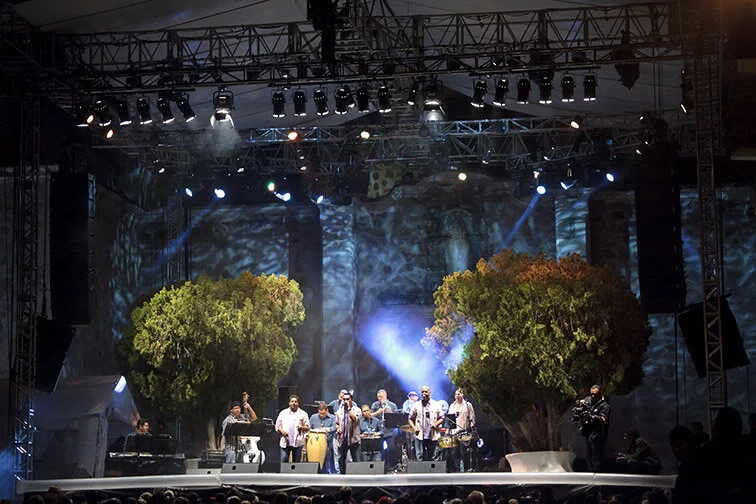 Garifuna healer, Erdangela Polonio. Buyei, Belize. Picture this. The large thatched-roof, sand-carpeted temple was barren except for the obviously ill child curled up in the single cot by the wall. An old woman could be heard chanting from within her sacred chamber, candlelight flickering around the corners of the sheet separating her from the long hall. Her healing incantations, I later discovered, were addressed to the spirits who may have had reasons of their own to inflict the child.
Garifuna healer, Erdangela Polonio. Buyei, Belize. Picture this. The large thatched-roof, sand-carpeted temple was barren except for the obviously ill child curled up in the single cot by the wall. An old woman could be heard chanting from within her sacred chamber, candlelight flickering around the corners of the sheet separating her from the long hall. Her healing incantations, I later discovered, were addressed to the spirits who may have had reasons of their own to inflict the child.
Intrigued? Okay, here’s the story. Spirits are big in the Garifuna community of Belize -- which by the way is a Central American country that thinks it’s a Caribbean island. Garifuna, you say? Never heard of them. Part of the melting pot civilization which comprises Belize, the Garifuna share the land with Creole, Mayan, Spanish, Mennonite, Chinese and other neighbors but their language, customs, foods and religion are unique. So are their spirits.
Now there are only about 7000 Garifuna currently in the country, but the spiritual population is a lot larger. “Our ancestors are all about us,” Lawrence, our guide, told me: “Just as we must eat and drink to live, so must they be nourished as well.” This is something the ancestors take very seriously.
So if they perceive they are being neglected, the dead return, most often through dreams, to remind the living that they are in need of nourishment. If this message goes unheeded, the spirits may get angry and make a family member sick. The ancestors do not take kindly to being ignored.

























